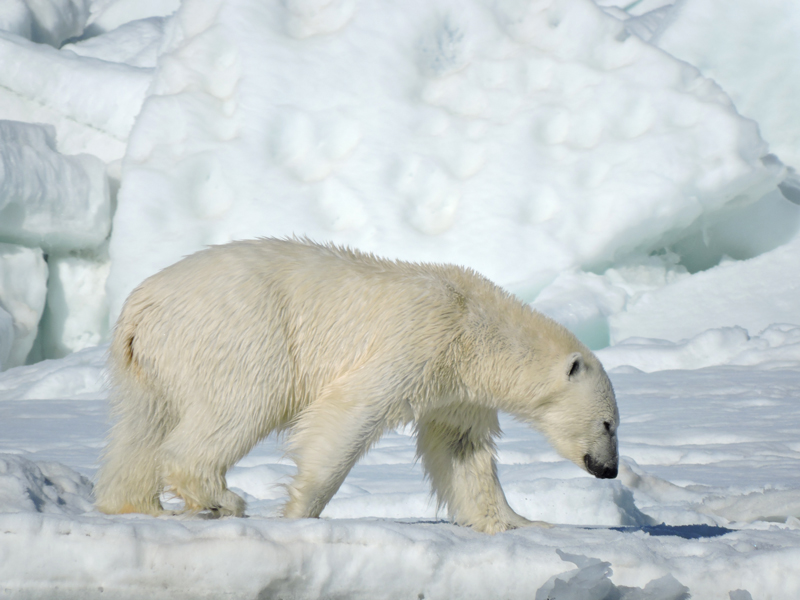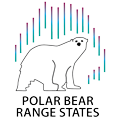 Photo credit: U.S. Fish and Wildlife Service
Photo credit: U.S. Fish and Wildlife Service
Increases in mineral and energy resource exploration and development, coupled with increases in shipping as a result of a longer open water season, increase the potential for oil spills in the Arctic marine environment. Polar bears are particularly vulnerable to oil spills as their ability to thermoregulate would be affected if their fur comes into contact with oil. They may also be poisoned from ingesting oil when grooming or by eating contaminated prey. Although most exploration and mining in the Arctic to date has taken place inland (i.e., outside the normal range of the bears), many mining projects create infrastructure within polar bear habitats that have the potential to negatively impact polar bears if not managed appropriately. As northern communities grow and industrial development increases, areas of interest to offshore hydrocarbon development and mining will occur in polar bear habitat, thereby increasing exposure to contaminants, pollution and human-bear interactions.
Source: Circumpolar Action Plan
Further reading on the IUCN Polar Bear Specialist Group website
